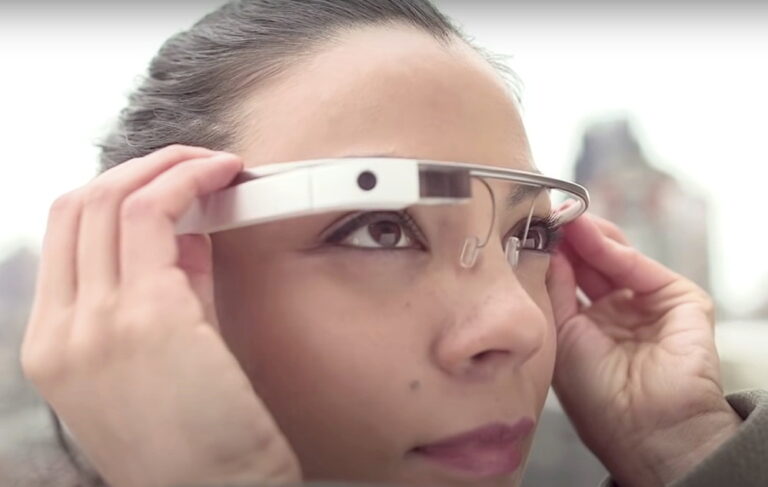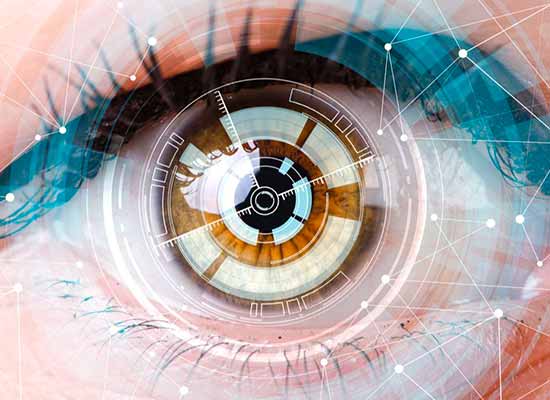In two years, lasers will be beaming images directly onto your retina.
The use of lasers to project a smartphone screen directly onto your retina sounds like something out of Mission: Impossible.
However, the technology exists today. It is being developed in Israel, will be available in two years, and will cost less than an iPhone once mass production begins.
Eyejets is competing with Google, Meta (formerly Facebook), Apple, and many other tech behemoths, all of which recognize that smart glasses will supplant smartphones within a decade.
That’s correct. Everything your iPhone or Samsung does today will soon be reduced to a pair of spectacles, heralding a brave, new world without screens.

Facebook CEO Mark Zuckerberg stated a year ago that we are “creating a future in which phones are not an essential part of our lives,” and Apple anticipates that glasses will replace smartphones by 2030.
You may recall the 2013 release of Google Glass, a $1,500 device that projected an image onto the top corner of one lens.
This sparked a lot of interest, but it was a commercial flop. Although technology has advanced significantly since then, the concept of projecting an image onto a lens remains central to most current research.
Some companies project holographic images onto the lens, which are then reflected back onto the retina.
Others, using a virtual retinal display (VRD) system, are doing away with lenses and projecting directly onto the retina, the thin layer of tissue that lines the back of the eye. However, because users struggle to control their gaze, the image jumps.
Eyejets claims to be the only company combining VRD with a proprietary eye-track technology that keeps the image from your smartphone in view at all times.
According to the company, its technology can be fitted to glasses with your own prescription lenses, making them as light and comfortable to wear as regular glasses.

Dr. Joshua Gur’s electronics and applied physics expertise, as well as the experience of veteran ophthalmologist Isaac Lipshitz, who has spent 30 years developing eye implants, have been used by Eyejets.
“What we have that is quite unique is the eyetrack,” CEO Edu Strul, a former head of the Israeli Air Force’s engineering and aircraft programs department, tells NoCamels.
Last September, the company received several patents for its technology, and more are pending.
“I can project a smartphone display onto your retina and show you a movie, but you won’t be able to see it very well because your eyes are constantly moving.”
“Our unique technology means that the image, movie, or whatever will be projected directly into the center of the field of view.”
Extra lasers built into the glasses track the movement of the retina, constantly correcting the image’s direction.

The current prototype demonstrates that the concept works, though much more work must be done before it is a marketable product.
The smartphone image currently occupies only a small area, about 15 degrees of our field of vision, but efforts are being made to expand that to 100 degrees.
Lasers project red, green, and blue light from the glasses’ arms, which is focused on the retina by a tiny beam splitter in the middle of the lenses.
The image is not displayed on a screen; it is beamed directly into the eye via lasers. They operate at a very low intensity, projecting only a fraction of the laser energy emitted by an iPhone, which uses infrared lasers for facial recognition.
The company’s EyeVis product will debut as a pair of smart glasses that connect to your smartphone.
However, the long-term goal is to completely replace the phone and incorporate all of its miniaturized features into the glasses.
Users will have access to all of their smartphone’s features, including the ability to type emails and text messages “in the air” on a virtual keyboard, listen to music through built-in speakers, and take photographs of whatever they see.
The technology can be used to detect diseases such as diabetes, hypertension, and glaucoma early.
It also has military applications, such as highly accurate shooting without the use of telescopic sights and improved fighter pilot displays.
Eyejets says it is currently discussing a joint venture with one of the world’s largest eyeglass manufacturers.











